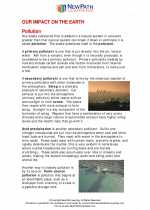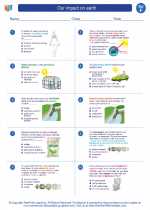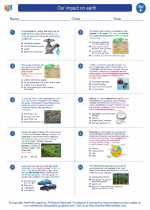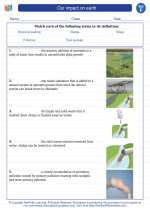Our impact on earth -> boreal forest
Boreal Forest: An Overview
The boreal forest, also known as taiga, is a biome characterized by its cold climate and coniferous trees. It is found in the northern hemisphere, primarily in the subarctic regions of North America, Europe, and Asia.
Climate
The boreal forest experiences long, cold winters and short, mild summers. The average temperature in the winter can be as low as -40°C (-40°F), while in the summer, it can rise to 20°C (68°F). Precipitation is moderate, with snowfall being common in the winter.
Flora and Fauna
The dominant vegetation in the boreal forest consists of coniferous trees such as spruce, fir, and pine. Other plant species such as lichen, moss, and shrubs can also be found. Common animal species include moose, bears, wolves, lynx, and a variety of bird species, all adapted to the cold climate.
Soil and Adaptations
The soil in the boreal forest is often nutrient-poor and acidic, which influences the types of plants that can thrive in this environment. Many plants and animals in the boreal forest have adaptations to survive the cold temperatures, such as thick fur, hibernation, and migration.
Study Guide: Boreal Forest
- What is another name for the boreal forest?
- Where is the boreal forest primarily located?
- Describe the climate of the boreal forest.
- What are the dominant types of trees in the boreal forest?
- What are some common animal species found in the boreal forest?
- How do plants and animals in the boreal forest adapt to the cold climate?
◂Science Worksheets and Study Guides Sixth Grade. Our impact on earth

 Worksheet/Answer key
Worksheet/Answer key
 Worksheet/Answer key
Worksheet/Answer key
 Worksheet/Answer key
Worksheet/Answer key
 Vocabulary/Answer key
Vocabulary/Answer key
